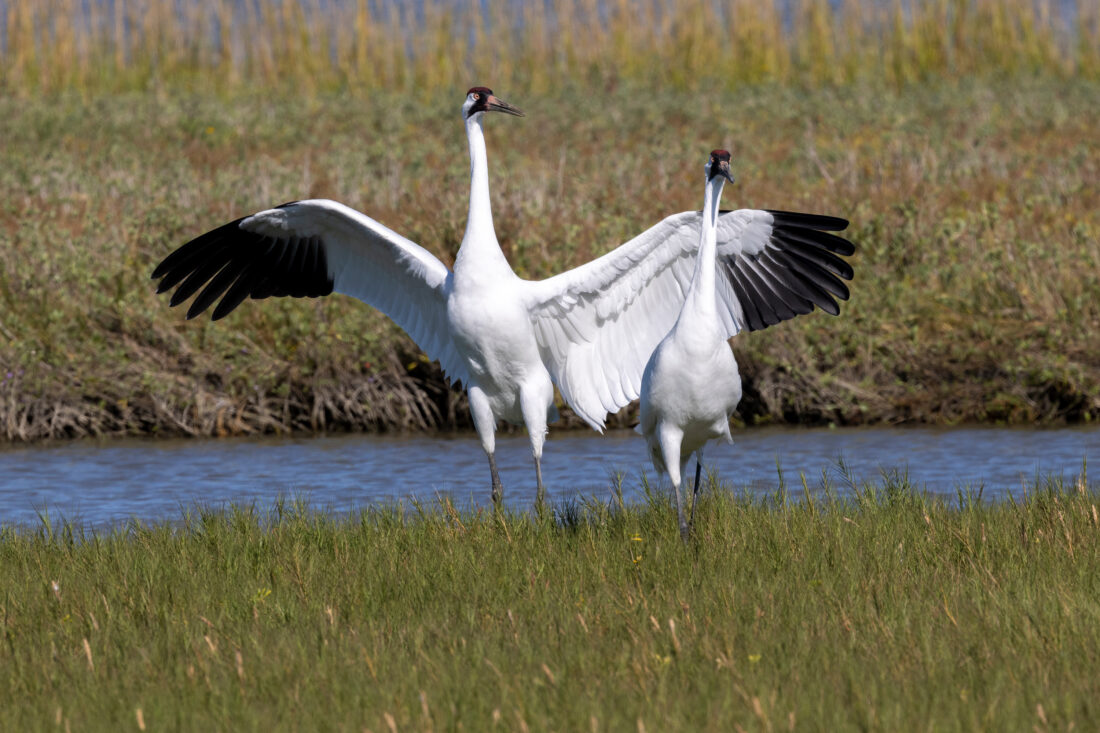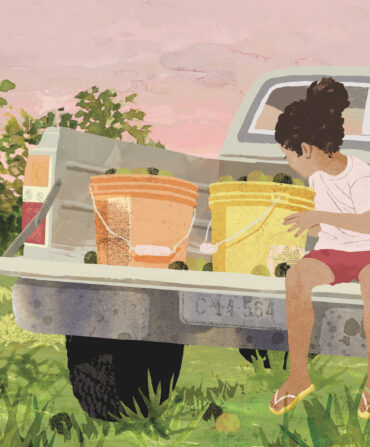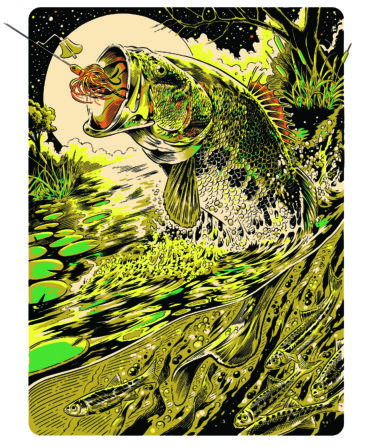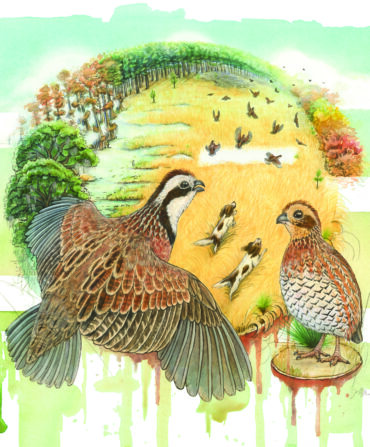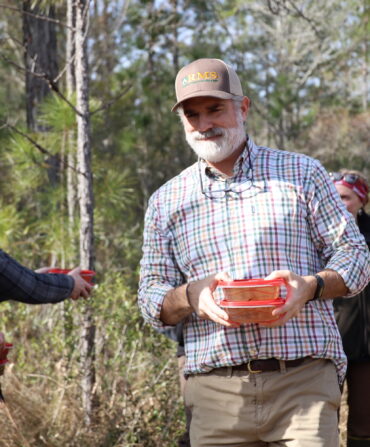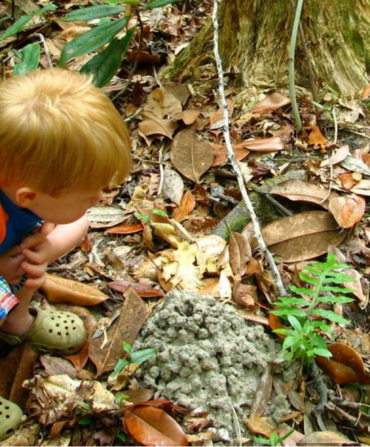In February, people from all over the world flock to the coastal plains of Texas to observe graceful white birds traverse the salt marshes of Aransas National Wildlife Refuge on spindly legs. These are whooping cranes: the tallest bird in North America, crowned with a cap of red feathers, with wingtips dipped in inky black and a bugling call that reverberates across the shallow waters. For thousands of years—long before the 1996 inception of the annual Port Aransas Whooping Crane Festival, which celebrates their presence this weekend—the birds have come to these wetlands to sustain themselves on blue crabs, acorns, Carolina wolfberries, and fish, and to perform their famous mating dance in preparation for breeding season.

“In the 1930s, people were writing eulogies for this species,” says Carter Crouch, the director of the Gulf Coast Programs for the International Crane Foundation, a nonprofit that works to conserve whooping cranes and other crane species worldwide. Due to habitat loss and hunting in the nineteenth and early twentieth centuries, whooping crane numbers plunged, to the point that just fifteen birds remained by 1941. An intense, long, and ultimately successful effort to save the species ensued. (To help birds raised in captivity relearn migratory patterns, for instance, pilots dressed as cranes and led the birds in ultralight aircrafts.)
Today, after decades of efforts spanning habitat protection and captive breeding, there are about 830 whooping cranes in existence—a count that’s both encouraging given how close they came to disappearing, yet still scarily low. Louisiana has a nonmigratory population of around 80 birds; about 150 birds live in captivity at sanctuaries and zoos across the country; there’s a small eastern migratory group of around 70 that travel between Wisconsin and Alabama and Tennessee each year; and then there’s the Aransas-Wood Buffalo population, far and away the largest, and the only group that is self-sustaining.
The last group comprises some 550 birds that move between summering grounds in the vast Wood Buffalo National Park of Canada and wintering grounds in Aransas National Wildlife Refuge of Texas. From October through March, the birds spend time at their Southern home, bringing with them the year’s chicks and the opportunity for biologists like Crouch to study them and try to piece together how to boost their chances of population growth.
In addition to working with partners in Canada who monitor the cranes’ nesting habitats and reproductive successes and failures, Crouch and his team estimate the birds’ numbers once they arrive in Texas and study the soil characteristics and vegetation makeup of the wetlands that the cranes prefer. They are also investigating the behavior of a growing number of cranes who stick around all year and move farther inland instead of migrating.
Crouch and his team also examine data on tourism dollars the cranes bring to the region. “These are tall, charismatic birds that live a long time, dance with each other in impressive courtship displays, mate for life, and spend lots of time with their young,” Crouch says of why the cranes command so much public interest. “All of that resonates with people—plus, we almost lost them.”
Still today, the two populations besides the Aransas-Wood Buffalo group rely on annual fall reintroductions of captive birds raised by humans dressed in crane costumes (so that the chicks don’t imprint on humans). And while the Aransas-Wood Buffalo population numbers are inching slowly upward—limited in part by the fact that a crane pair only fledges one chick per year on average—Crouch cautions against complacency. “We have to remember that the threats to the species are increasing, too,” he says, citing loss of habitat, water misuse that impacts wetlands, the construction of power lines on their flight paths, and disease outbreaks.
As he and his team aim to get whooping cranes to a point of total self-sufficiency, Crouch often thinks of something that early conservationist Robert Porter Allen wrote of the birds in 1950, when their numbers were at just thirty-one birds:
“When you sit crouched in a blind and watch an adult Whooper stride close by you, his head high and proud, his bearing arrogant and imposing, you feel the presence of a strength and of a stubborn will to survive…We have a strong conviction that the Whooping Crane will keep his part of the bargain and will fight for survival every inch of the way. What are we going to do to help?”
“Seventy-five years after he wrote that, we can definitely say that the whooping cranes have done their part,” Crouch says. “I think it’s up to us to continue to keep our side of the bargain.”


